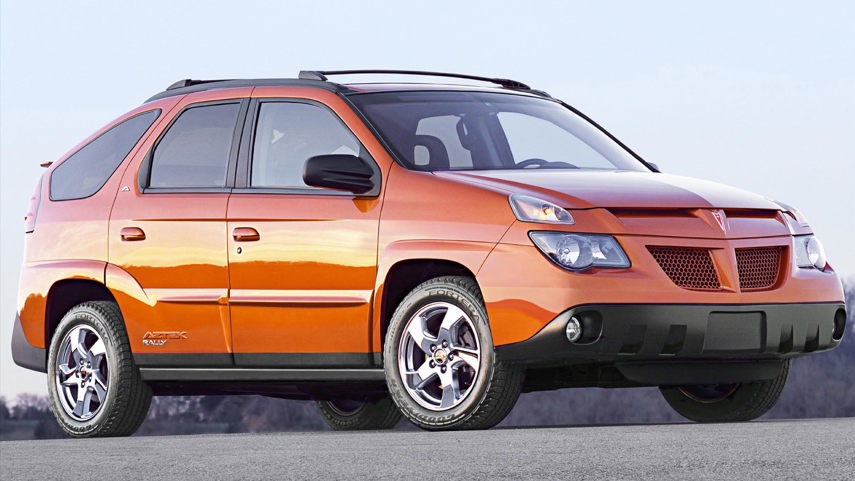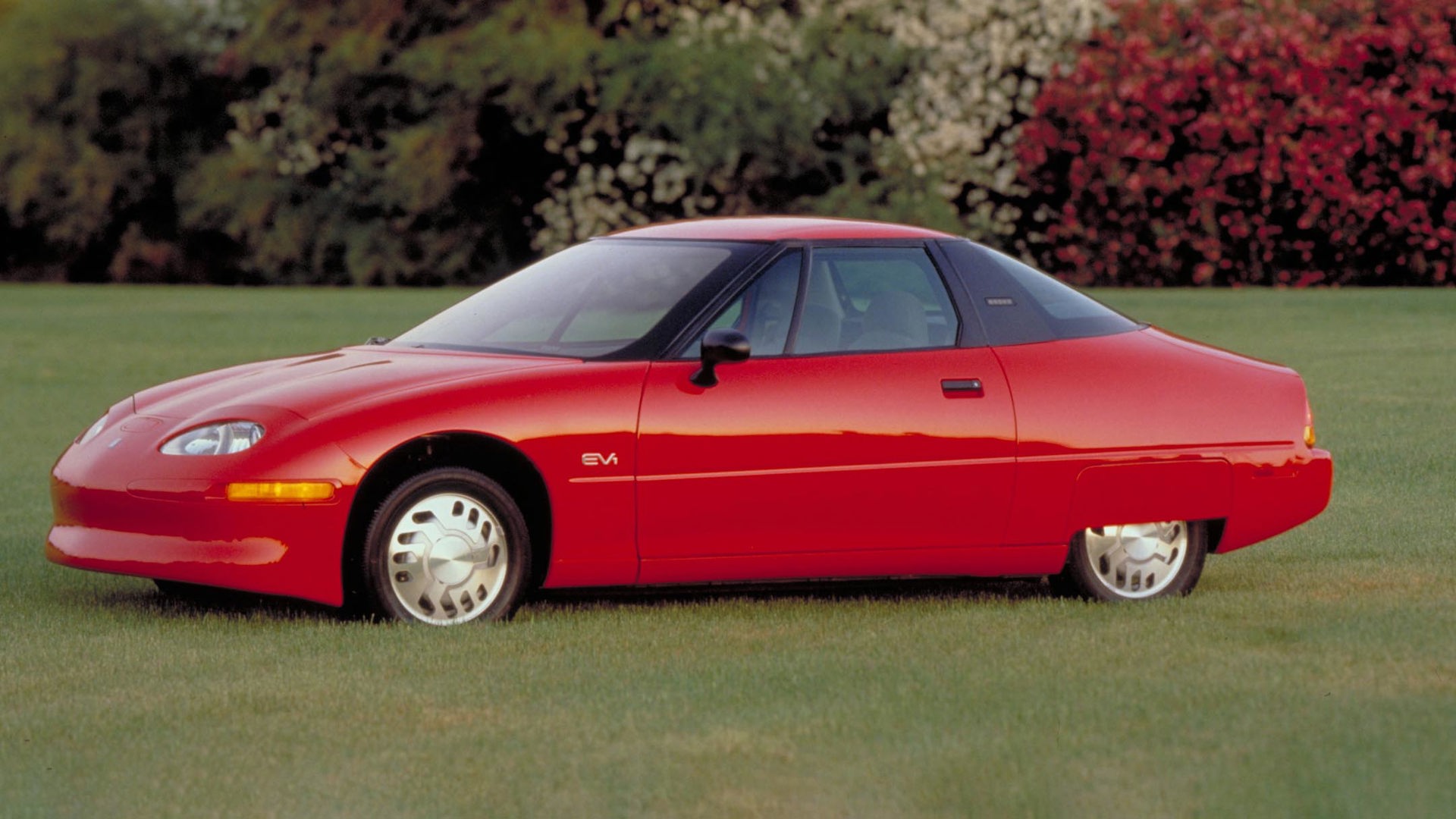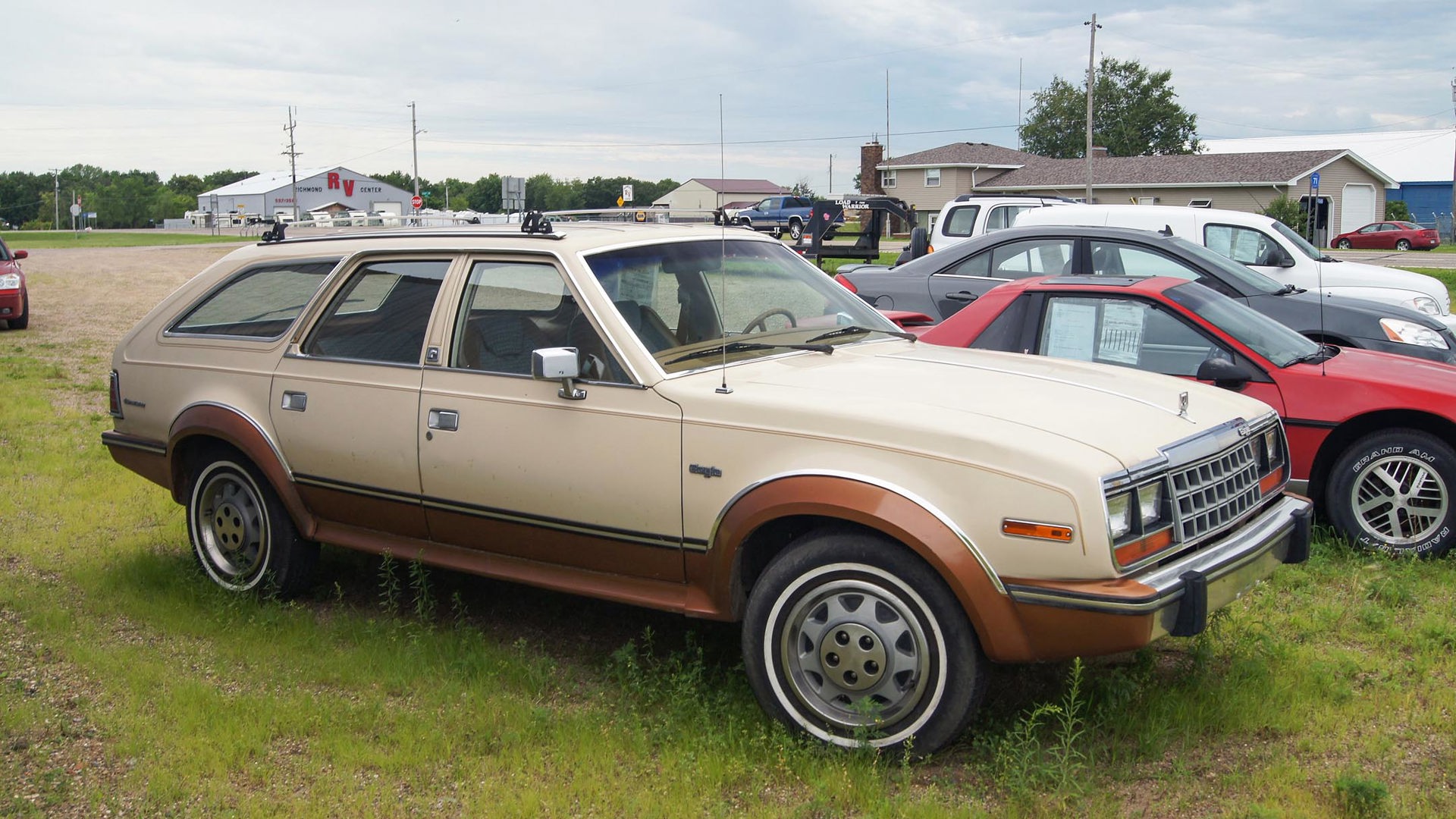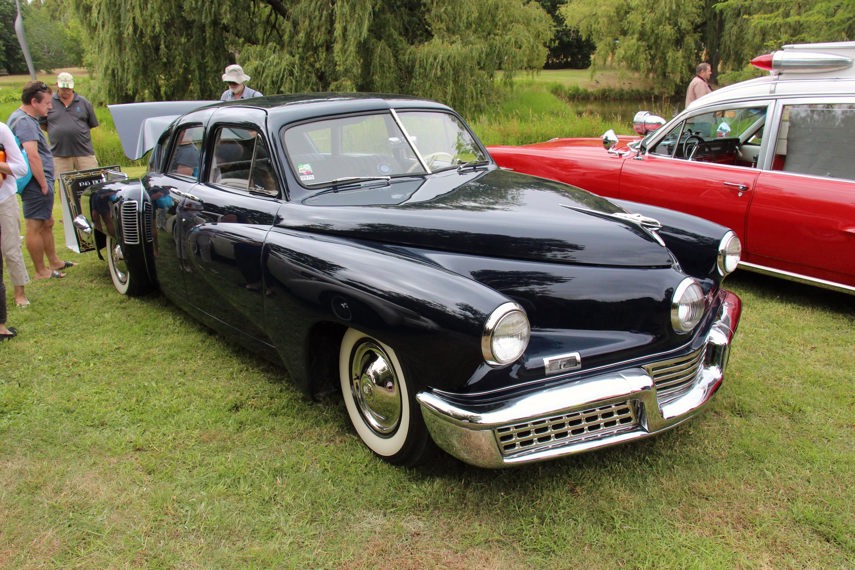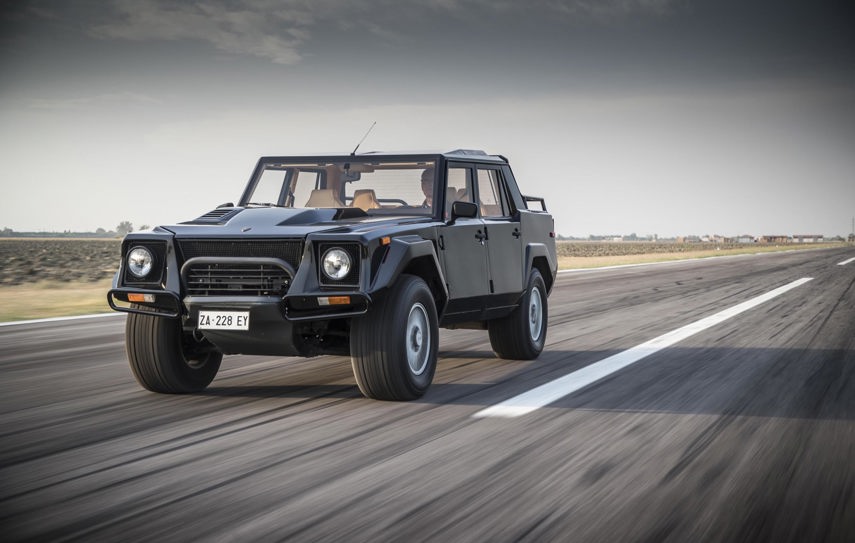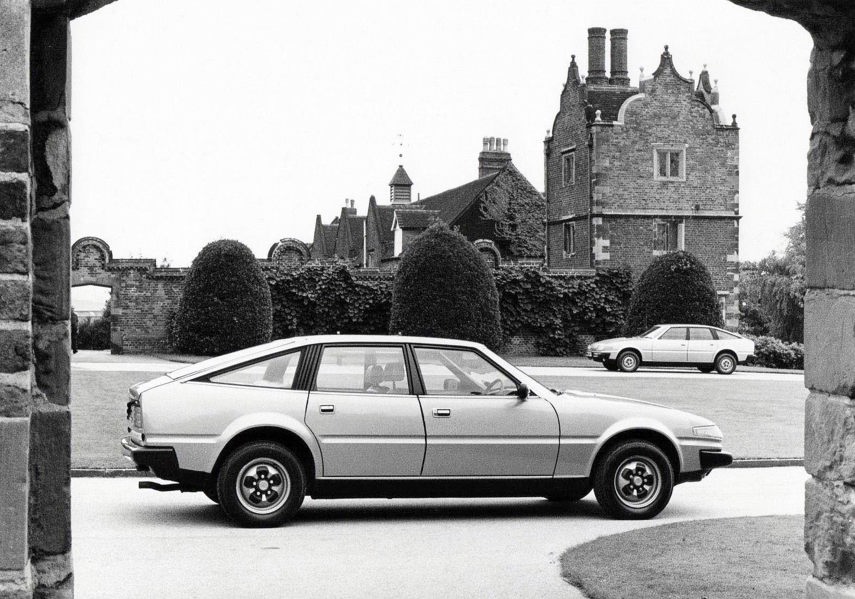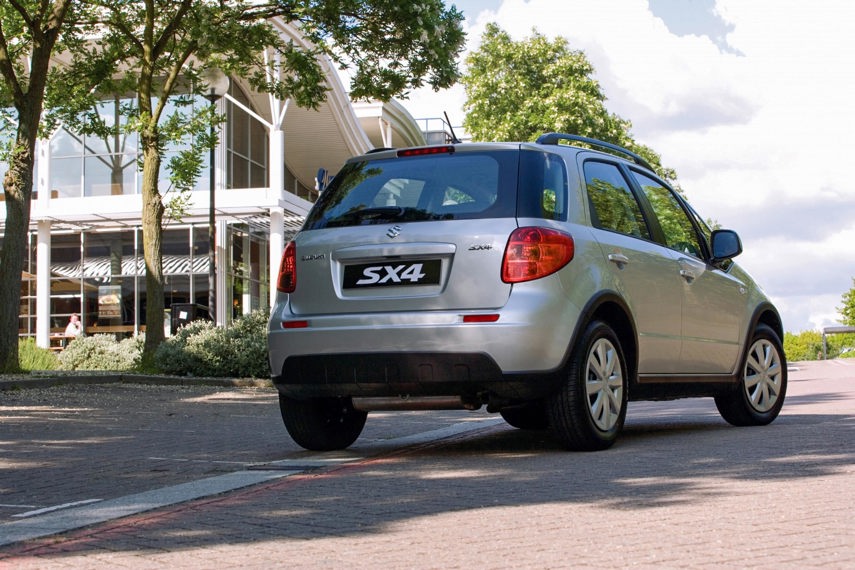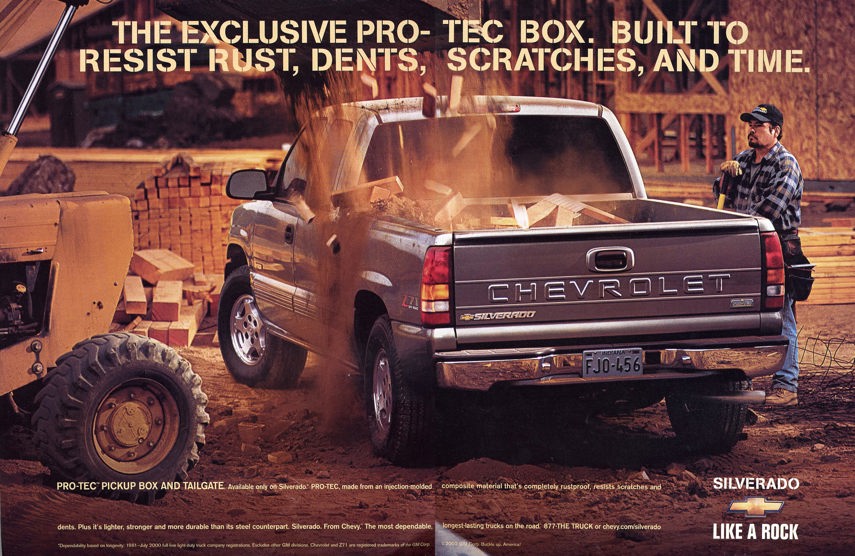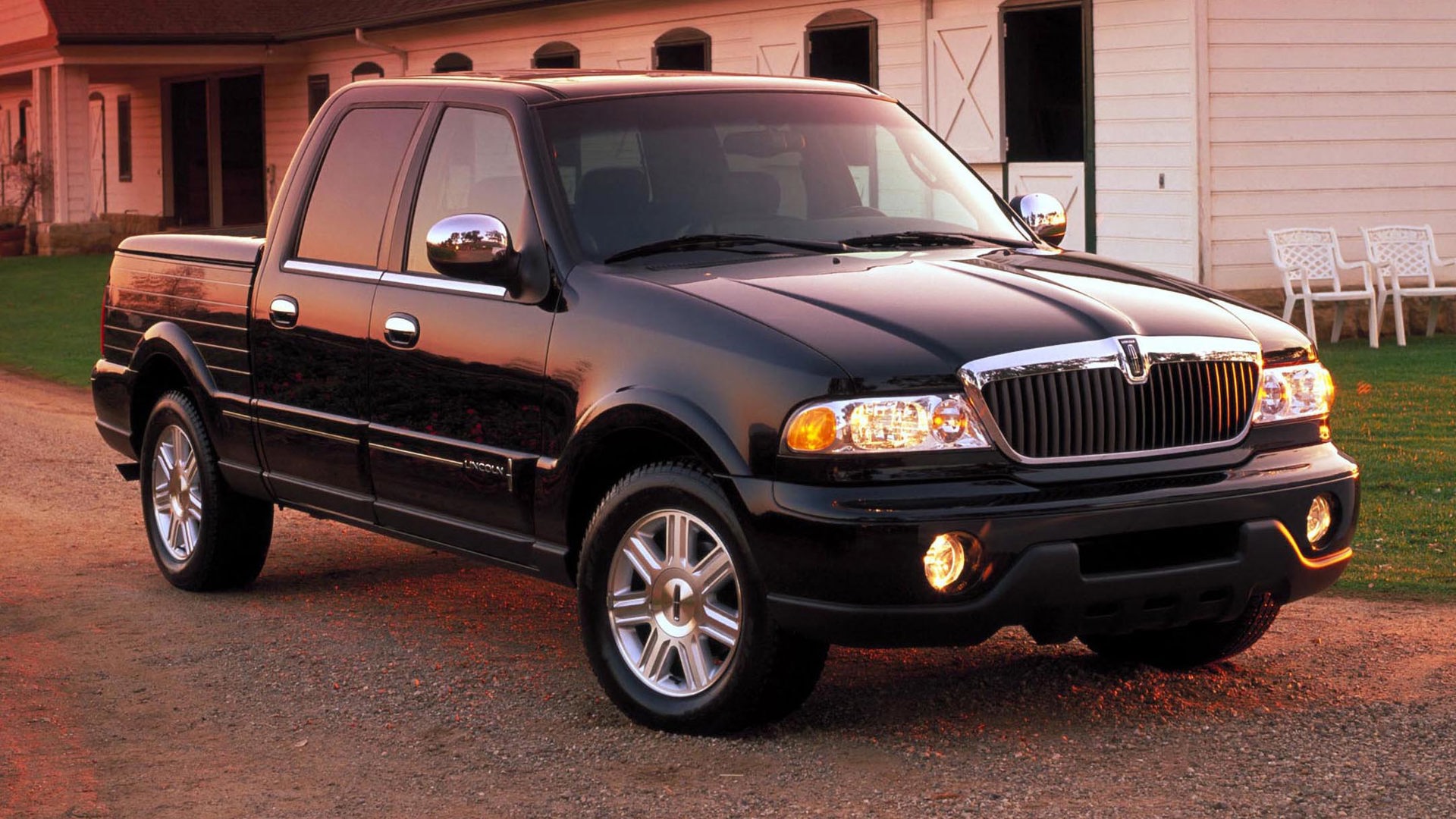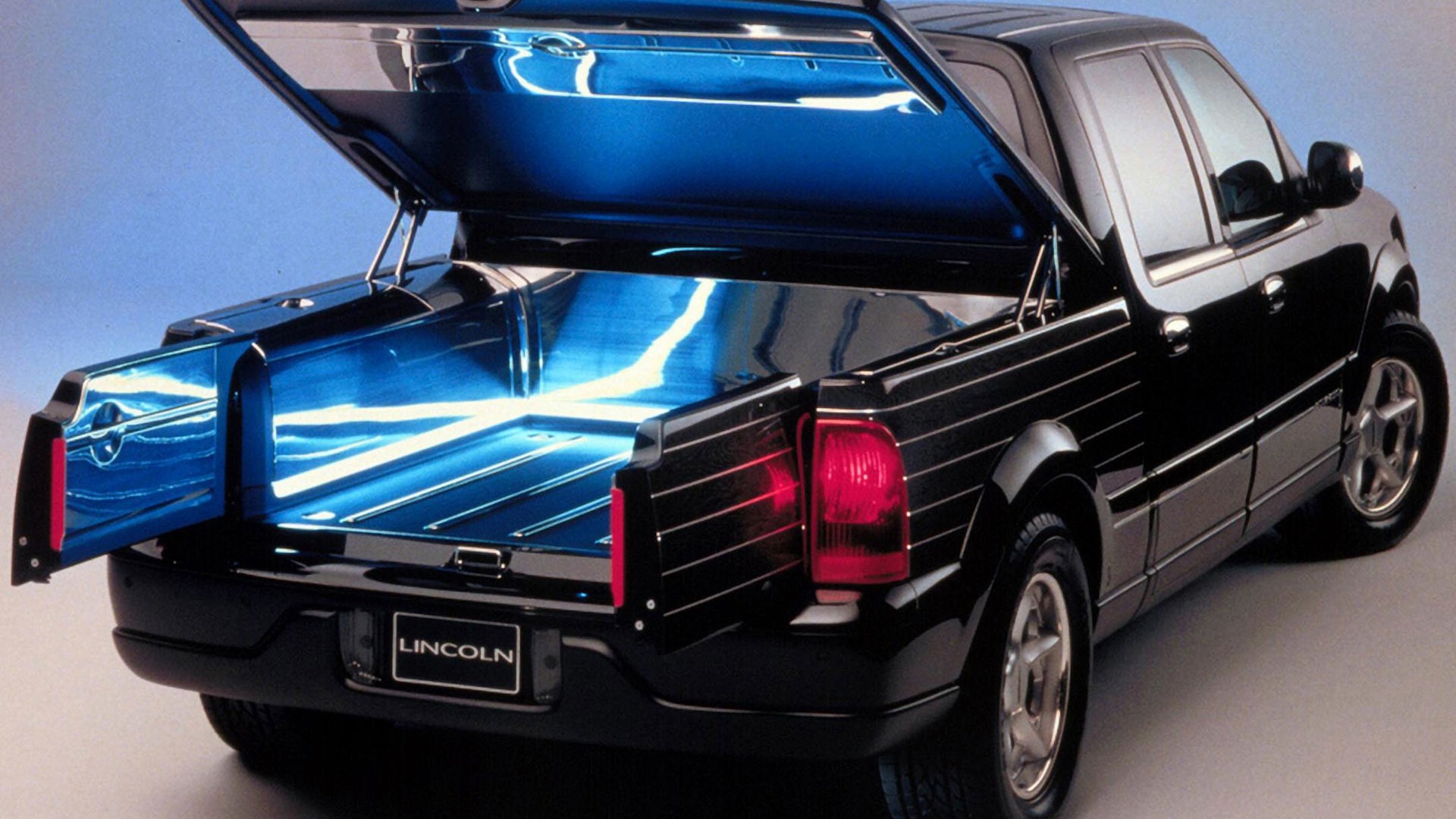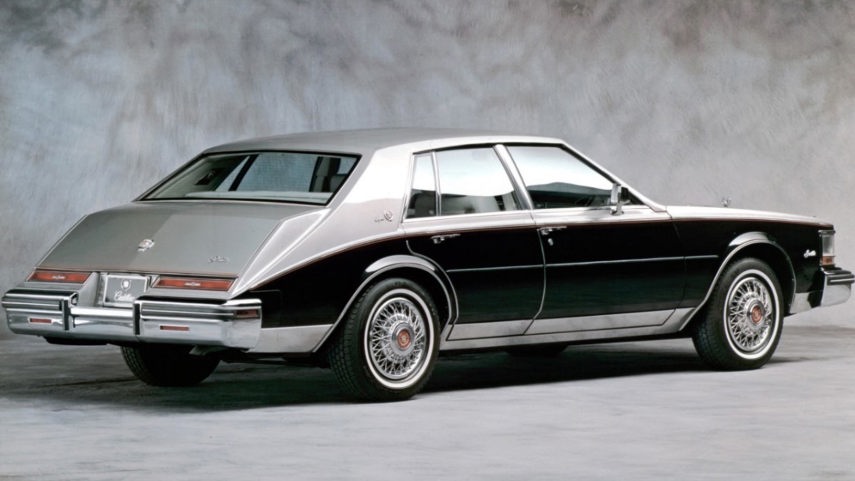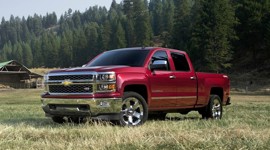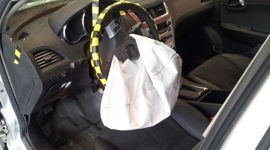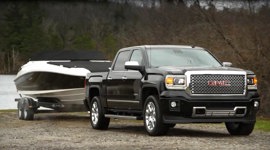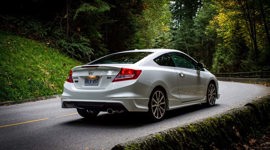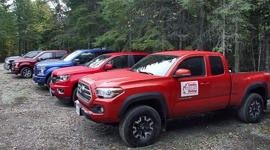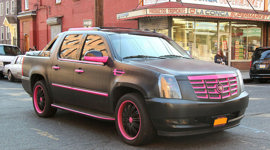Sometimes a product arrives on the market that’s just ahead of the times. Like the first television before there was anything being broadcast, the 1874 hand-crank washing machine, video-camera phones from the 1960s, or the first $3,000 microwaves of the late 1940s. Some of those products are cars. While if that invention lives in the kitchen, nobody remembers; if it happens on four wheels after billions of dollars spent in development, everyone remembers. And laughs. So here are 10 vehicles we think would have been perfect, had they not hit the market a few years too soon. They paved the way for the far more successful vehicles that stole their idea or their formula and ran with it.
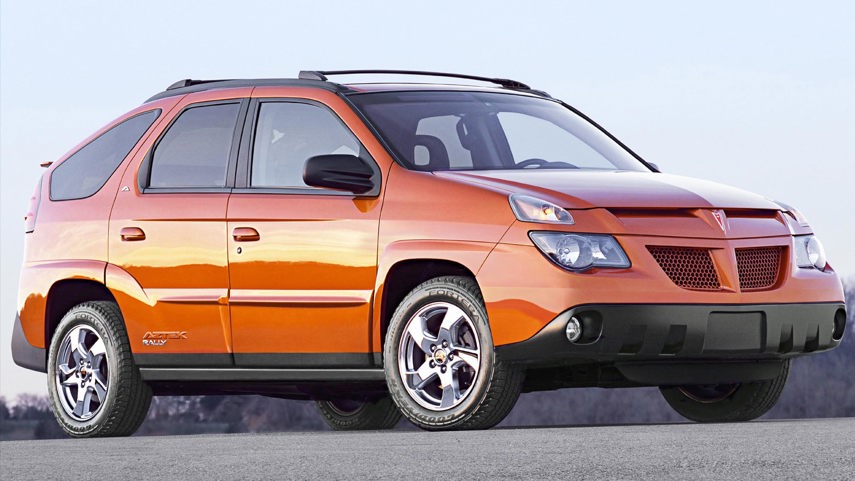
Pontiac Aztek
You’re probably not surprised to see this one on the list, but we think it deserves it. Because with this car, Pontiac made several design choices we see everywhere today, but were nowhere to be found when the concept was shown in 1999.
Foremost among them was the rugged but not truck-like design on a car-based model. There were plenty of trucks and SUVs around, and most of them looked like each other. The Explorer was a Ranger, the Blazer was an S-10, and so on. The Aztek looked like nothing else, with angles and curves, and a sharper roofline than any other SUV of the time. The crossover was truly born. Now dozens of crossovers look like rugged cars, or just like cars. And plenty have the fancy sharp-angle roof that cuts into cargo space.
But the Aztek’s real, lasting first was the split headlights that put the turn signal way up in the fender. It made the Aztek and oddball at the time, but now we see the same look on the Jeep Cherokee, Hyundai Kona and Palisade, and more. Shunned in its day, beloved now (well, it’s got a cult following), the Aztek was ahead of its time – and only just.
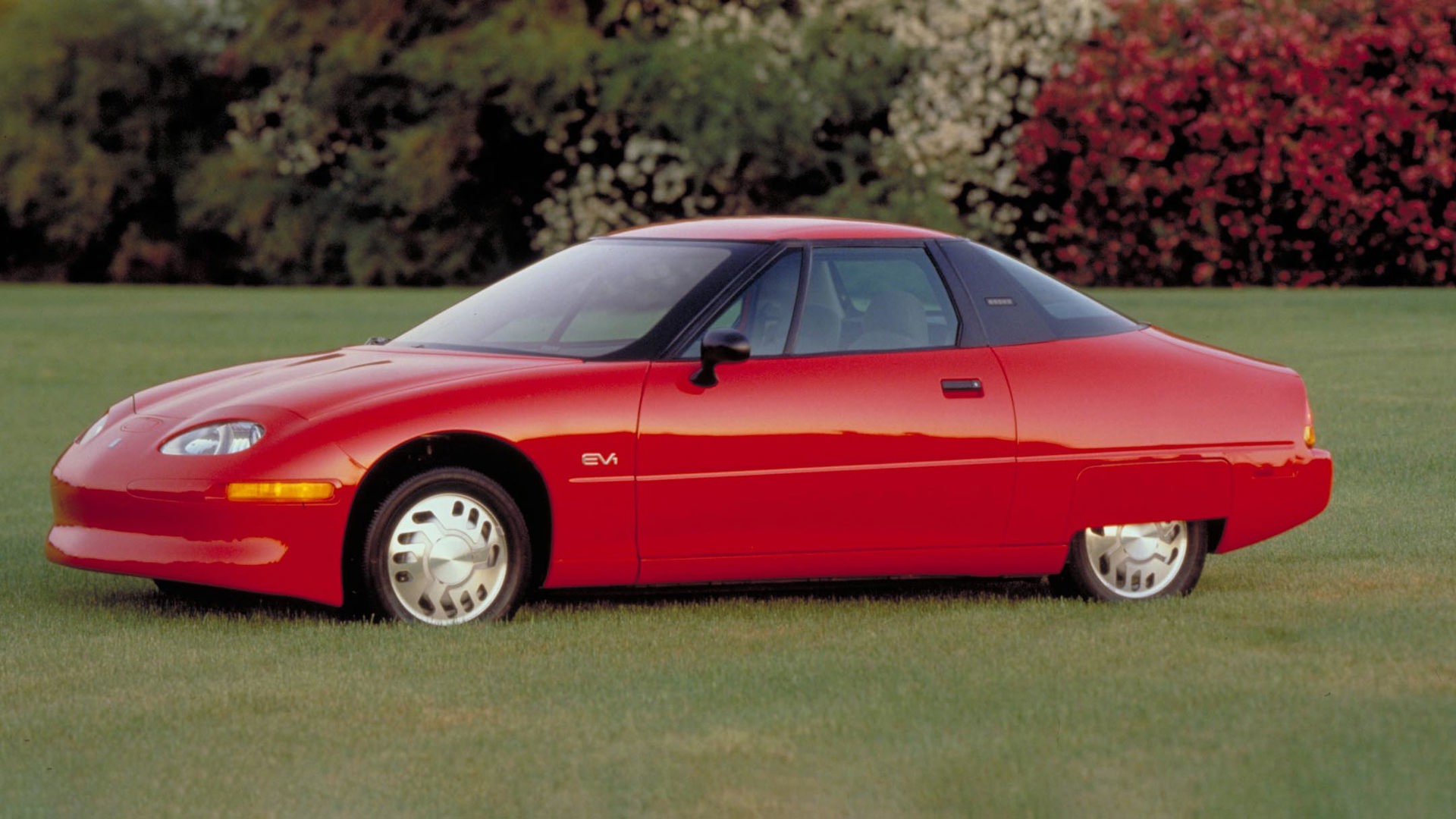
General Motors EV1
The EV1 wasn’t the first electric car, in fact EVs have been around at least as long as gas-powered models. But it was the first EV designed by a major automaker for mass production when it arrived in 1996. “Mass,” of course, being a relative term in this case, because GM built only 1,117 units over four years of production.
The EV1 got a positive reaction, but using a 16.5 kWh lead-acid battery –basically a larger version of the 12V battery in your car – gave it a range of just 89 km. Later model years improved this, but the battery technology just hadn’t arrived yet, and a short-range, strange-looking two-seat car wasn’t exactly the silent future that buyers wanted.
It took over a decade’s progress – lithium-ion batteries, the 2008 Tesla Roadster, and then the 2010 Nissan Leaf five-door – to bring the EV front and centre, now increasingly a serious contender for buyer dollars.
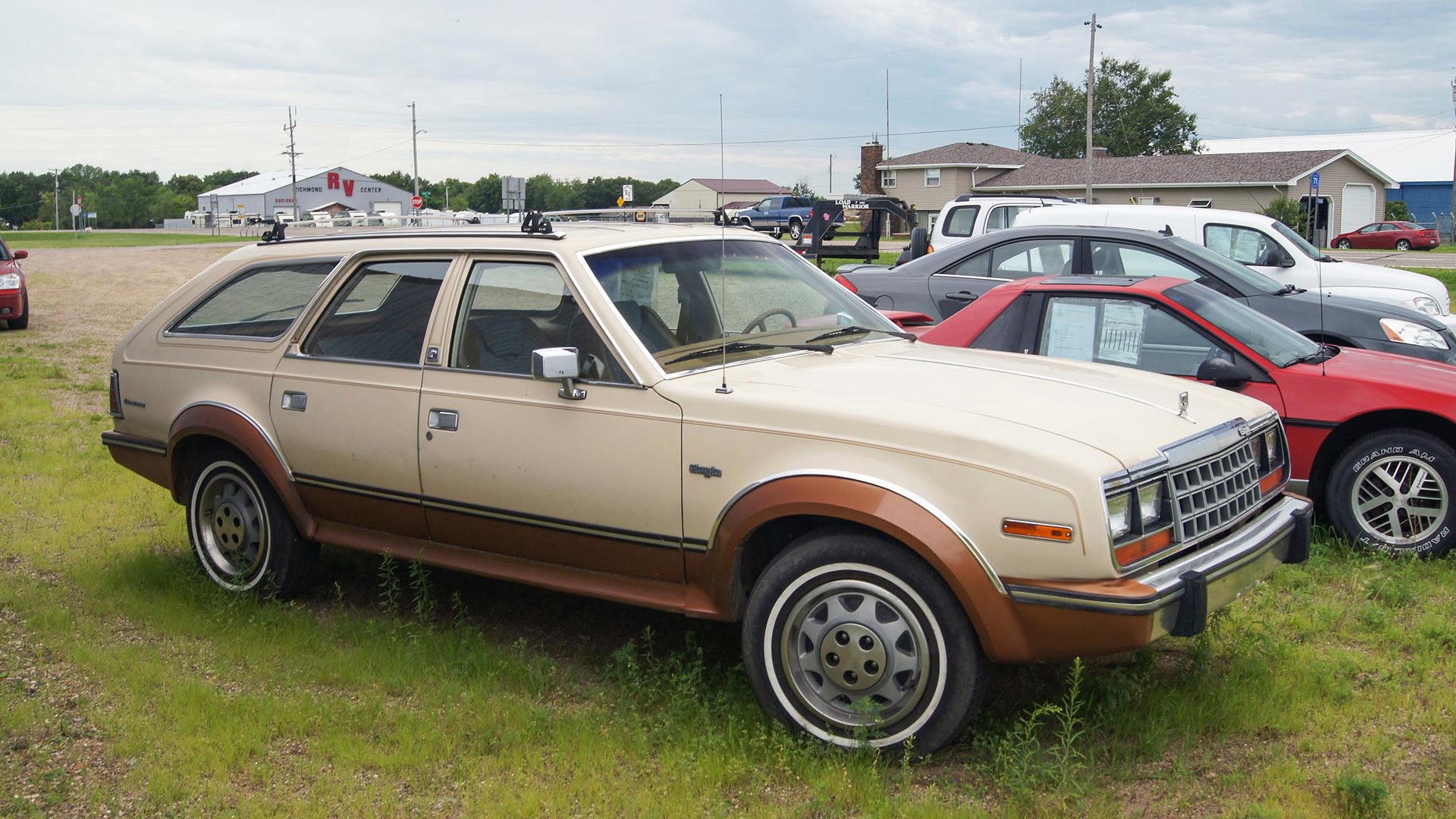
AMC Eagle
Long before Subaru went Outback and Ford tried an Escape, American Motors Corporation did something different. They lifted their station wagon and added four-wheel drive, making something that could handle bad weather, heavy snow, and moderate off-roading. The crossover was born, offering passenger-car fuel economy and comfort along with truck-like capability and traction – and woodgrain body trim.
The first mass-produced 4x4 American car, built from 1980 through 1988, the Eagle was never a massive sales success, but that’s as much to it being part of AMC more than anything the car did wrong. The crossover segment is now one of the most popular in the world, and many of them, like Subaru’s Outback, the Volvo Cross Country models, and Audi Allroads, are still following AMC’s exact formula, with other crossovers not straying far either.
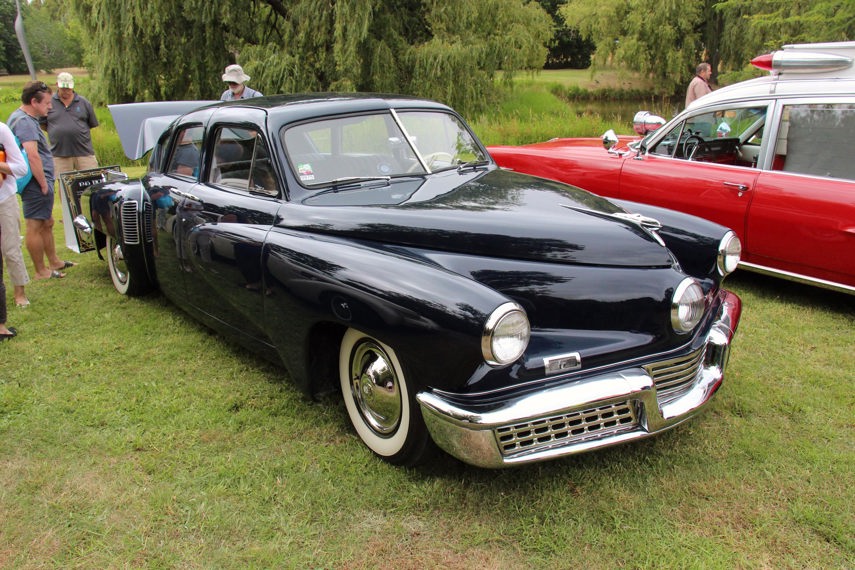
Tucker Sedan
Independent suspension, disc brakes, fuel injection, an aluminum engine, and adaptive headlights – all things that would still impress on a car today, but in 1948? The idea of such a car was from the space age. But it’s exactly what Preston Tucker had in mind for his car. Even the direct-drive automatic gearbox would have been a production first.
But many of some of Tucker’s ideas, like fuel injection and the disc brakes, couldn’t even make it past final prototyping, and the car that should have sold for $1,000 ended up closer to $4,000 – over $56,000 today, adjusting for inflation. Just 51 cars were made, boasting the independent suspension that had no steel springs, that adaptive (and distinctive) front headlight, and that aluminum engine (a flat-six).
This car was ahead of its time not just when it came to buyers, who weren’t interested in all of that tech, but also in engineering, where many of the desired components were just too technologically advanced. With a bit more budget and time, Tucker could have revolutionised the auto industry decades earlier.
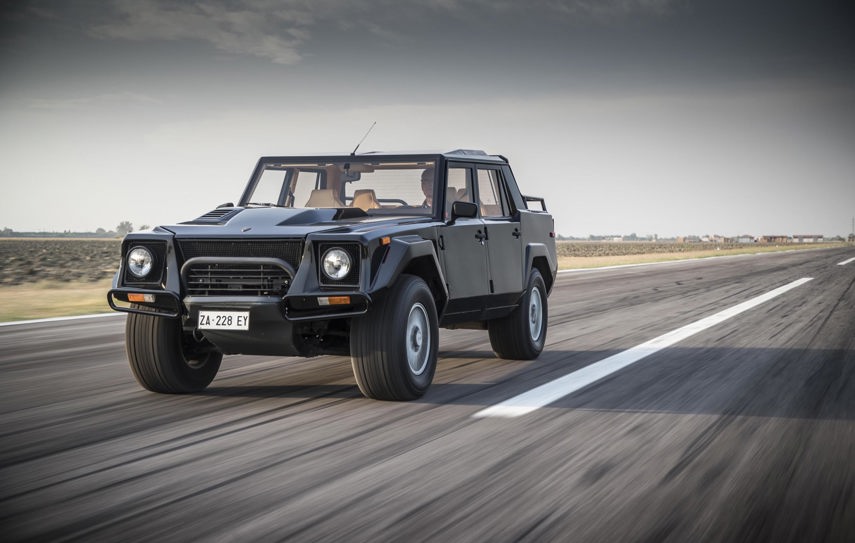
Lamborghini LM002
The LM002 of 1986, also known as the “Rambo Lambo,” was an SUV that the company built in order to secure a military contract. That contract never panned out, so they dropped the original Chrysler V8 for one of their own V12 engines – the Countach’s 5.7L V12 was mounted in the front and the first off-road supercar was born.
That extreme powerplant and even more extreme looks managed just 328 sales in seven years before getting the axe, but look at the high-dollar super-ute market today: BMW X5 M, Mercedes-AMG G 63, Aston Martin DBX, Dodge Durango SRT Hellcat, Lamborghini’s own Urus, and even Ferrari will be joining the crowd sooner rather than later.
The Urus made up half of all of Lamborghini’s sales last year, at just under 5,000 units, showing that the LM002 was a great idea that arrived 25 years before the market was ready for it.
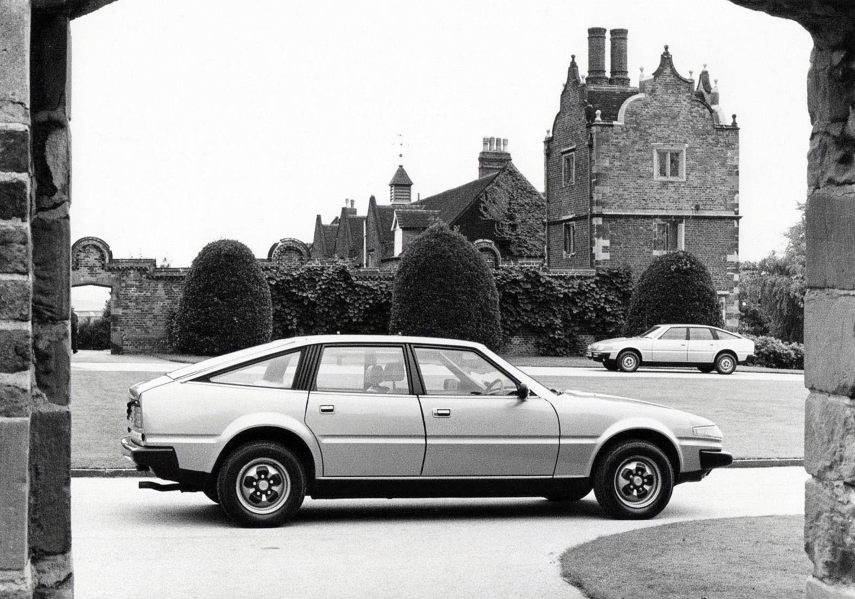
Rover SD1
The SD1 of 1976 was designed by the special projects division of British Leyland and was designed as a full-size sedan with a twist. Instead of the conventional upright roofline that was common to the era, the SD1 was a five-door hatch. Offered with a V8 engine, it was supposed to be a premium executive car, but instead it found favour with police forces across Britain. Though also made in left-hand drive and sold across the world, it was the low point of building cars for British Leyland and quality was not up to par. Sales suffered as a result.
At the time, the flashy sleek sedan with a hatch fell flat, but look at the same market segment today: Audi has a full line of Sportback cars that follow the same design brief as the SD1, Mercedes-Benz has the CLA, BMW has Gran Coupes, and Volkswagen has the Arteon. Even domestic automakers like Buick had the Regal Sportback.
The combination of coupe-like styling and a hatch that holds nearly as much kit as an SUV is popular with the premium set today, but the SD1 was a one-and-done largely forgotten outside of car chases and police action shows after the mid-1980s.
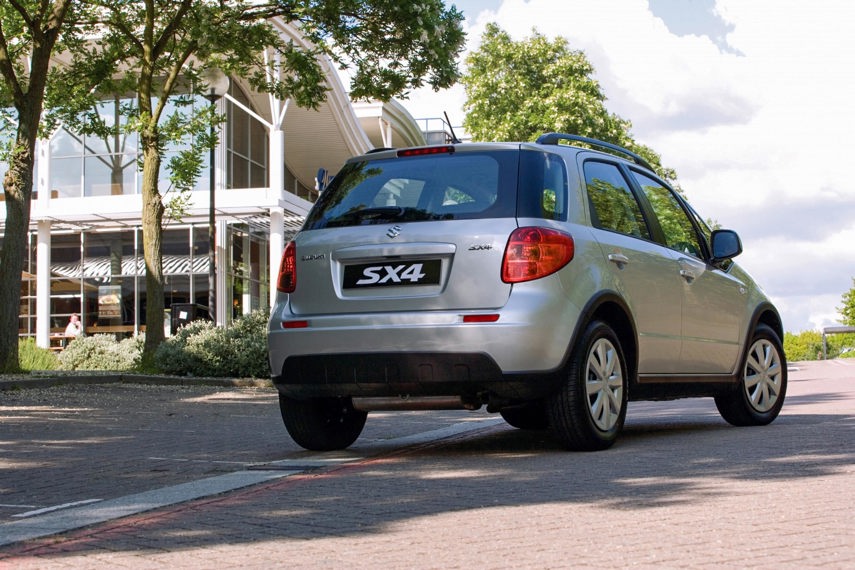
Suzuki SX4
Today there are seemingly endless fleets of subcompact crossovers. They’re kicking subcompact cars out of the market, with models like the Hyundai Venue and Nissan Kicks on the lower end of the price spectrum, and the BMW X1 and Audi Q3 at the top. But before all of those came the Suzuki SX4.
The SX4 launched just before Suzuki’s departure from the North American market, but let’s take a look at the package. A very tall and upright body with a hatch, a raised suspension with plastic cladding, and available all-wheel drive. Sound familiar? Sounds like the hottest new model of 2021, but this one happened nearly 15 years ago. At the time, the SX4 got little love, but to see one now it looks like a brilliant idea. One that arrived just a few years too soon, but somehow also too late to have a chance at saving the company in Canada.
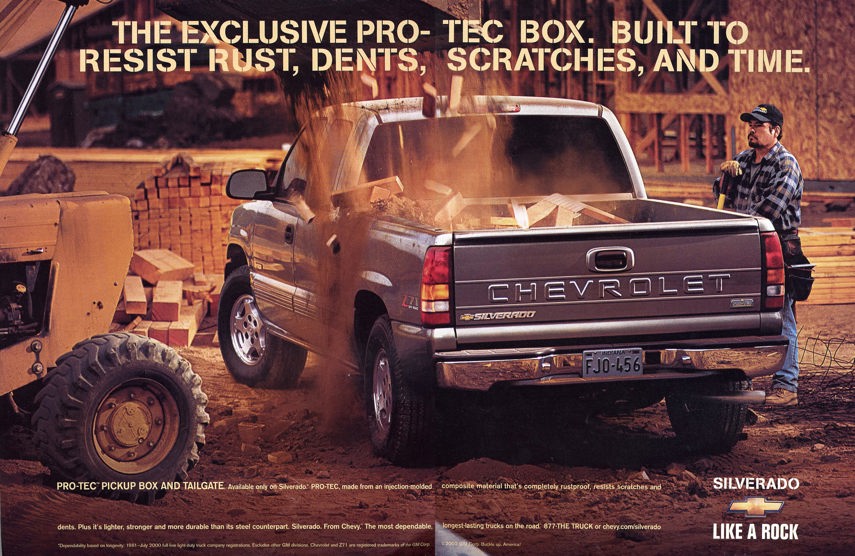
2002–2003 GMC Sierra/Chevrolet Silverado
We’ve picked two different years of the same truck because each offered an innovation that was ahead of its time in its own way: the Pro-Tec bed and Quadrasteer.
Lots of pickup beds had composite outer bits. Not just the step-sides (remember those?) with their plastic fenders, but also extra-wide dually trucks. But only one offered an entire bed made out of a composite material.
GM spent $64 million just on the plant to built the Pro-Tec bed, which was designed to be rust-free, lighter, and more durable than steel. GM expected to sell 50,000 a year – they sold 10k total, blaming dealers who preferred to sell what was on the lot (and probably aftermarket bedliners). Today GM is going all-out on the CarbonPro bed, a much more popular (and expensive) option, and Ford offers an aluminum box, both aimed at saving kilos.
The second was Quadrasteer, rear-wheel steering that was an option on full-size pickups (and the 2500 Suburban) for three model years. It could make the truck more stable on the highway (especially with a trailer), and could cut the turning circle by 21 percent in town, making for a downright nimble pickup. Now you’ll find it on large sedans, sports cars, and crossovers, but it was too soon to ask people to spend $7K to make their big-truck life slightly easier.
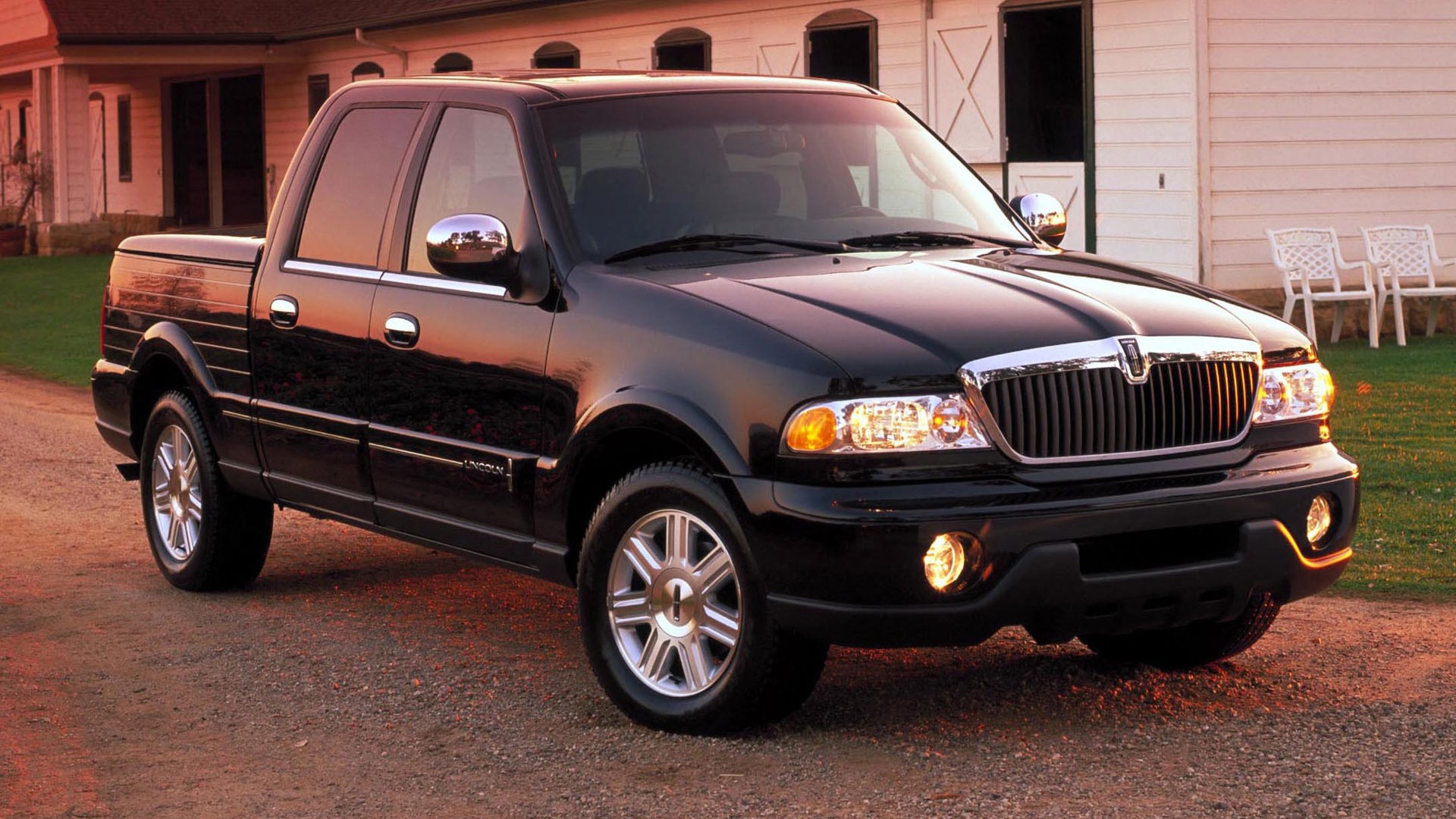
Lincoln Blackwood/Cadillac EXT
Luxury pickups, done two ways. Truck sales were on the rise, and both GM and Ford wanted to take advantage of the large number of wealthy buyers who they thought would want a pickup with a premium badge. Enter the Blackwood and EXT. The Blackwood got a bed that was wood trim on the outside and carpeted on the inside and had a hard tonneau cover and a strange split tailgate. Plus, it was rear-drive only, and only in black. A Navigator grille and all the options and it lasted just 15 months of production before Lincoln pulled the plug – 3,356 built instead of the 18K expected.
The EXT was slightly more traditional, but still based on the Chevy Avalanche and that truck’s strange style bar on the bed and a mid-gate that let cargo come into the cabin. The EXT sold better than the Blackwood, but it still wasn’t exactly a hit. It was gone after 2006, and were it not for the Avalanche would likely have disappeared much sooner.
Today, Ford, GM, and Ram sell boatloads of six-figure pickups, but they don’t sell any with a luxury badge. Instead, higher trim levels like King Ranch, Platinum, Denali, and Laramie Longhorn Limited do the same job with a more jobsite-acceptable badge on the grille.
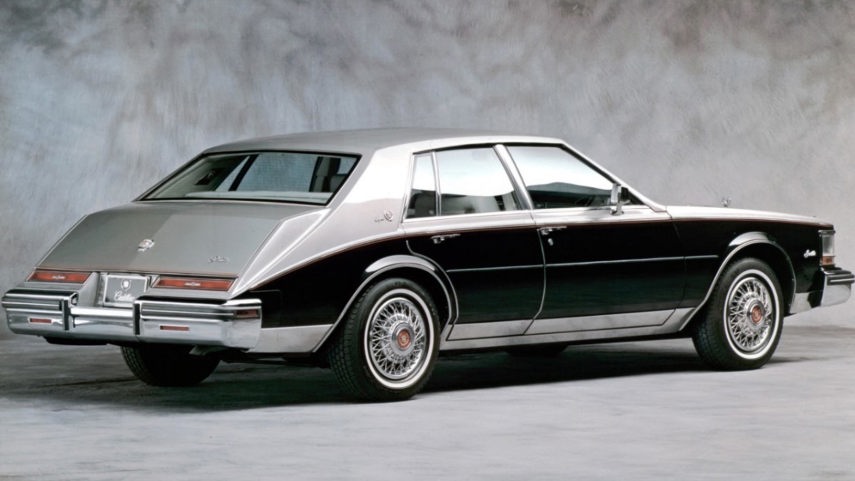
Cadillac V8-6-4
The idea of an engine that has eight cylinders when you need power and just four when you’re cruising is a clever one and offers an impressive balance of fuel economy and acceleration. But it’s complicated, and so when Cadillac revealed a feature that could do just that in 1981, it seemed like a gamechanger. It worked by disengaging the rocker arms from the valves on the deactivated cylinders and it came with digital onboard engine diagnostics. But in practice, the feature was thought to be failure-prone thanks to an ECU that just couldn’t process data quickly enough. That and a new exhaust-gas-recirculation valve lead to detonation problems when running on fewer cylinders. It had drivability issues and it often failed, and dealers would disable the system for most buyers.
Now called variable displacement, displacement on demand, or cylinder deactivation; this feature is available from nearly every automaker, letting vehicles like GM’s 5.3L full-size trucks run on just one of its eight cylinders in certain conditions. Even I4 and V6 engines benefit from variable displacement today, thanks to faster and more robust engine management systems and better valve control tech like collapsible lifters.
